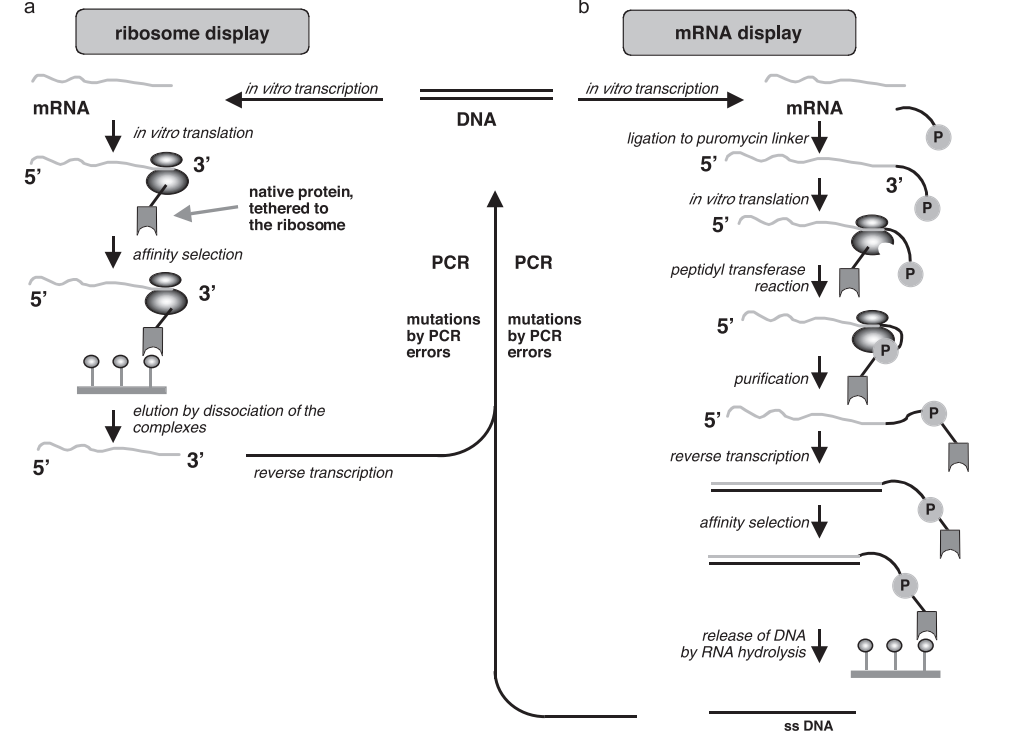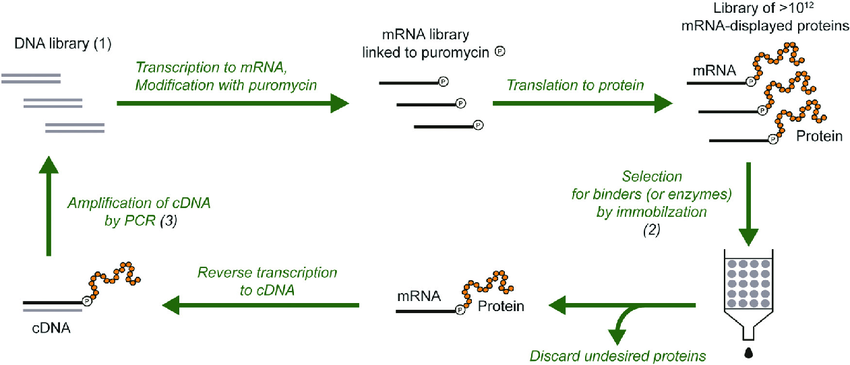1、 Phenylalanine metabolism
Phenylalanine (PA) has racemic DL type, L type, and D type. L-type is an essential amino acid for humans and animals, with a molecular weight of 165.2. It belongs to the aromatic amino acid group and mainly participates in the composition of various protein components, which can only be obtained from food. After food intake, the phenylalanine portion is used to synthesize various proteins, while the remaining portion is mostly converted into tyrosine through the action of liver phenylalanine hydroxylase (PAH), and then into other physiological active substances such as dopamine, dopamine, adrenaline, norepinephrine, and melanin through the action of other enzymes.
In the body, its metabolic pathway is mainly converted into tyrosine through phenylalanine hydroxylase. And together with tyrosine, it synthesizes important neurotransmitters and hormones, participating in the body’s glucose and fat metabolism. Due to the irreversible nature of this hydroxylation process, phenylalanine often enters the tyrosine metabolism pool. In other words, phenylalanine undergoes the same metabolic pathway as tyrosine in the body.
On the one hand, tyrosine can be converted from tyrosine hydroxylase to dopamine, which in turn synthesizes melanin, catecholamine hormones, thyroid hormones, etc. When the genes related to human tyrosinase undergo mutations, the production of these substances decreases, leading to the occurrence of diseases such as albinism and Parkinson’s disease. In addition, phenylalanine hydroxylase is a complex enzyme system that includes not only hydroxylase itself, but also dihydropterin reductase and coenzyme tetrahydrobiopterin. Any enzyme deficiency can cause an increase in phenylalanine.
On the other hand, tyrosine can undergo oxidative decomposition. Phenylalanine belongs to the category of sugar producing and ketogenic amino acids, as it is catalyzed by five tyrosine degrading enzymes to produce fumaric acid (an intermediate in the tricarboxylic acid cycle) and acetoacetic acid (a ketone body). Tyrosine aminotransferase (TAT) is the rate limiting enzyme in its decomposition pathway, controlling the first step of the decomposition pathway, converting tyrosine to hydroxyphenylpyruvate.
Phenylalanine undergoes other changes in addition to its main breakdown metabolism through tyrosine. Firstly, a small amount of phenylalanine is directly converted into phenylpyruvate through transaminase catalysis, and then phenyllactate can be generated through the catalysis of phenyllactate dehydrogenase; Furthermore, it can be further oxidized and decarboxylated to produce phenylacetic acid, most of which is converted to combine with glutamine to form phenylacetylglutamine. The metabolites of phenylalanine mentioned above are all normal components of human urine. However, in patients with hereditary metabolic disease phenylpyruvuria, phenylalanine cannot be converted into tyrosine due to defects in phenylalanine hydroxylase, leading to an intensification of the direct decomposition metabolism of phenylalanine. As a result, a large amount of phenylpyruvate, phenyllactic acid, and phenylacetic acid are excreted from the urine. If FeCl3 is used to treat urine, it exhibits a special green reaction. Infants with phenylketonuria can experience symptoms such as growth disorders, neurological and psychiatric symptoms, and decreased skin pigmentation within a few months of birth. Early diagnosis of newborns can be achieved by feeding them a diet lacking phenylalanine.


Figure 1 Molecular structure of phenylalanine

Figure 2 Phenylalanine metabolic pathway
| Catalog Number | Product Name | Product Size | CAS Number | Price |
|---|---|---|---|---|
| UD-0621 | Boc-D-Bpa-OH | 250 mg | 117666-94-1 | Online Inquiry |
| UD-0622 | Fmoc-Phe(3-CF3)-OH | 1 g | 205526-27-8 | Online Inquiry |
| UD-0623 | L-Fmoc-4-fluorophenylalanine | 250 mg | 169243-86-1 | Online Inquiry |
| UD-0624 | Boc-D-Phe(3-Me)-OH | 5 g | 114873-14-2 | Online Inquiry |
| UD-0625 | Boc-Phe(4-I)-OH | 5 g | 62129-44-6 | Online Inquiry |
| UD-0626 | Boc-pentafluoro-D-phenylalanine | 1 g | 136207-26-6 | Online Inquiry |
| UD-0627 | Boc-Phe(4-Me)-OH | 1 g | 80102-26-7 | Online Inquiry |
| UD-0628 | Boc-D-Phe(3,4-F2)-OH | 5 g | 205445-51-8 | Online Inquiry |
| UD-0629 | L-Fmoc-3-fluorophenylalanine | 250 mg | 198560-68-8 | Online Inquiry |
| UD-0630 | Fmoc-Phe(3,5-F2)-OH | 500 mg | 205526-24-5 | Online Inquiry |
2、 Biological functions
The phenylalanine metabolic pathway involves the generation of numerous molecules and is associated with various human diseases. In plants, seeds and nuts, including soybeans and pumpkin seeds, all contain phenylalanine. In animals, eggs, seafood, and meat are good sources. Phenylalanine is mainly present in fibrin and hemoglobin in living organisms, affecting thyroid hormones and melanin in hair and skin. It also participates in eliminating the loss of kidney and bladder functions, and is a raw material for converting to tyrosine. It is also a building block for proteins.
Phenylalanine ketonuria
The deficiency of phenylalanine can affect the synthesis of tyrosine in the body, leading to a decrease in thyroid hormone levels and affecting its metabolic activity. If there is a lack of phenylalanine hydroxylase, the oxidation to tyrosine is hindered, which can lead to phenylketonuria, the most common amino acid metabolism defect. Phenylketonuria (PKU) is an autosomal recessive disorder characterized by intellectual disability, psychiatric symptoms, eczema, skin scratches, and abnormal electroencephalogram (EEG).
Neurological related diseases
The metabolic control of phenylalanine concentration in body fluids is crucial for cognitive development and executive ability. Phenylalanine can produce dopamine, adrenaline, and norepinephrine, which control the way humans observe and interact with the surrounding environment. For example, dopamine dysfunction in the brain is associated with certain forms of depression. So phenylalanine has been studied for the treatment of depression. Due to its ability to penetrate the blood-brain barrier, phenylalanine is particularly effective in treating brain diseases.
chronic disease
Phenylalanine and its metabolites are also associated with some chronic diseases. It is reported that the plasma phenylalanine level increases in obesity and diabetes. Several studies have shown a consistent positive correlation between plasma phenylalanine and the risk of T2D. Patients with non-alcoholic fatty liver disease (NAFLD) often have abnormal levels of phenylalanine and its related metabolites tyrosine, thyroid hormones, etc.
In addition, phenylalanine is also a precursor substance for the biosynthesis of catecholamines, which has various effects such as inhibiting elevated blood pressure and improving the remodeling of its mesenteric arterioles. Research has found that phenylalanine can increase SOD in plasma, protecting vascular endothelium from damage caused by reactive oxygen species (products of cellular redox reactions). By regulating the clearance of oxygen free radicals and improving the endocrine function of endothelial cells, it inhibits the increase of blood pressure.
Albinism is an autosomal recessive inheritance that often occurs in individuals who are closely related and married. Albinism is a hereditary vitiligo caused by a deficiency or dysfunction of tyrosinase, resulting in a deficiency or synthesis disorder of melanin in the skin and accessory organs. The patient’s retina is colorless, and the iris and pupils appear pale pink. They are afraid of light, and their skin, eyebrows, hair, and other body hair are white or yellowish white. Recent studies have shown that phenylalanine has an auxiliary effect on melatonin production and can effectively treat vitiligo.
Melanuria
Urinary melanuria is an autosomal recessive inherited disease. Due to a congenital deficiency of uric acid oxidase, uric acid derived from tyrosine breakdown cannot be further decomposed into acetoacetate, resulting in excessive uric acid being excreted from the urine and oxidized to black in the air. In the early stages, except for darkened urine, there are often no symptoms, and in adulthood, it can cause damage to bones, joints, and organs.









